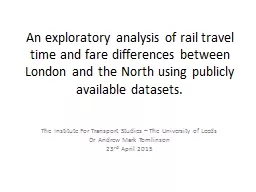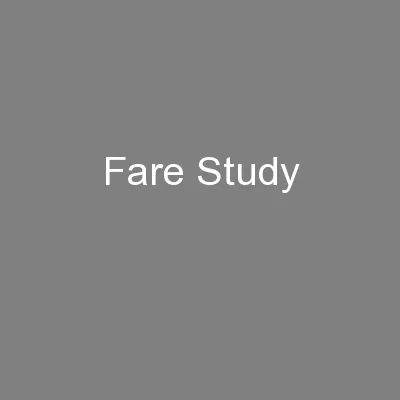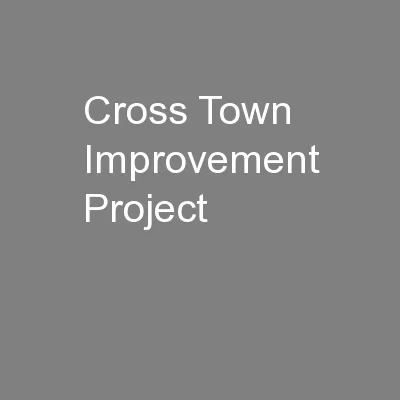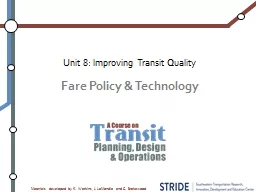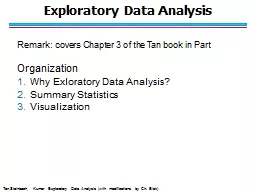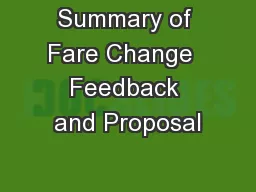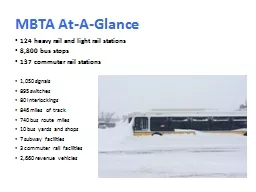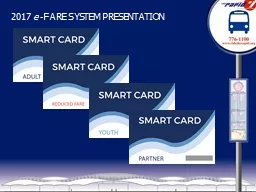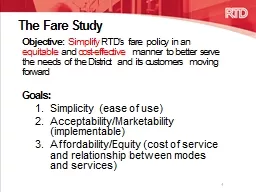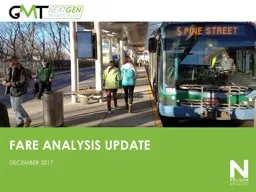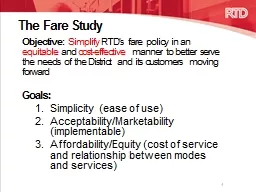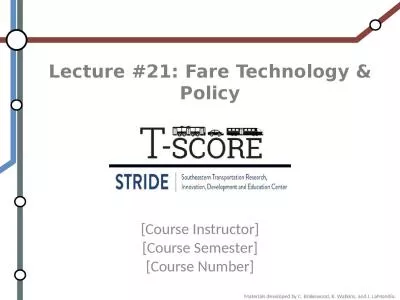PPT-An exploratory analysis of rail travel time and fare diffe
Author : conchita-marotz | Published Date : 2016-07-12
publicly available datasets The Institute For Transport Studies The University of Leeds Dr Andrew Mark Tomlinson 23 rd April 2015 Class 87 at Crewe April 1977
Presentation Embed Code
Download Presentation
Download Presentation The PPT/PDF document "An exploratory analysis of rail travel ..." is the property of its rightful owner. Permission is granted to download and print the materials on this website for personal, non-commercial use only, and to display it on your personal computer provided you do not modify the materials and that you retain all copyright notices contained in the materials. By downloading content from our website, you accept the terms of this agreement.
An exploratory analysis of rail travel time and fare diffe: Transcript
Download Rules Of Document
"An exploratory analysis of rail travel time and fare diffe"The content belongs to its owner. You may download and print it for personal use, without modification, and keep all copyright notices. By downloading, you agree to these terms.
Related Documents

